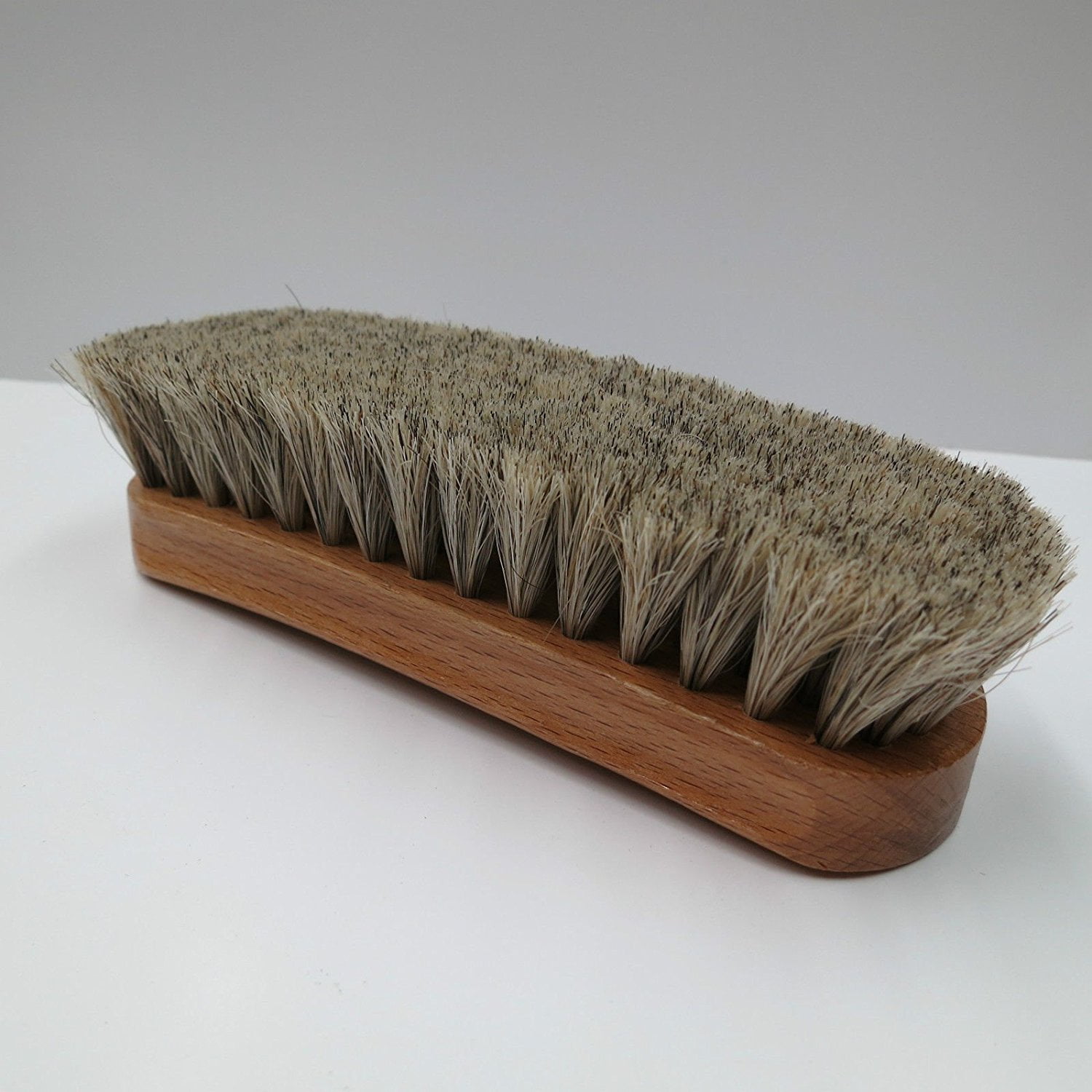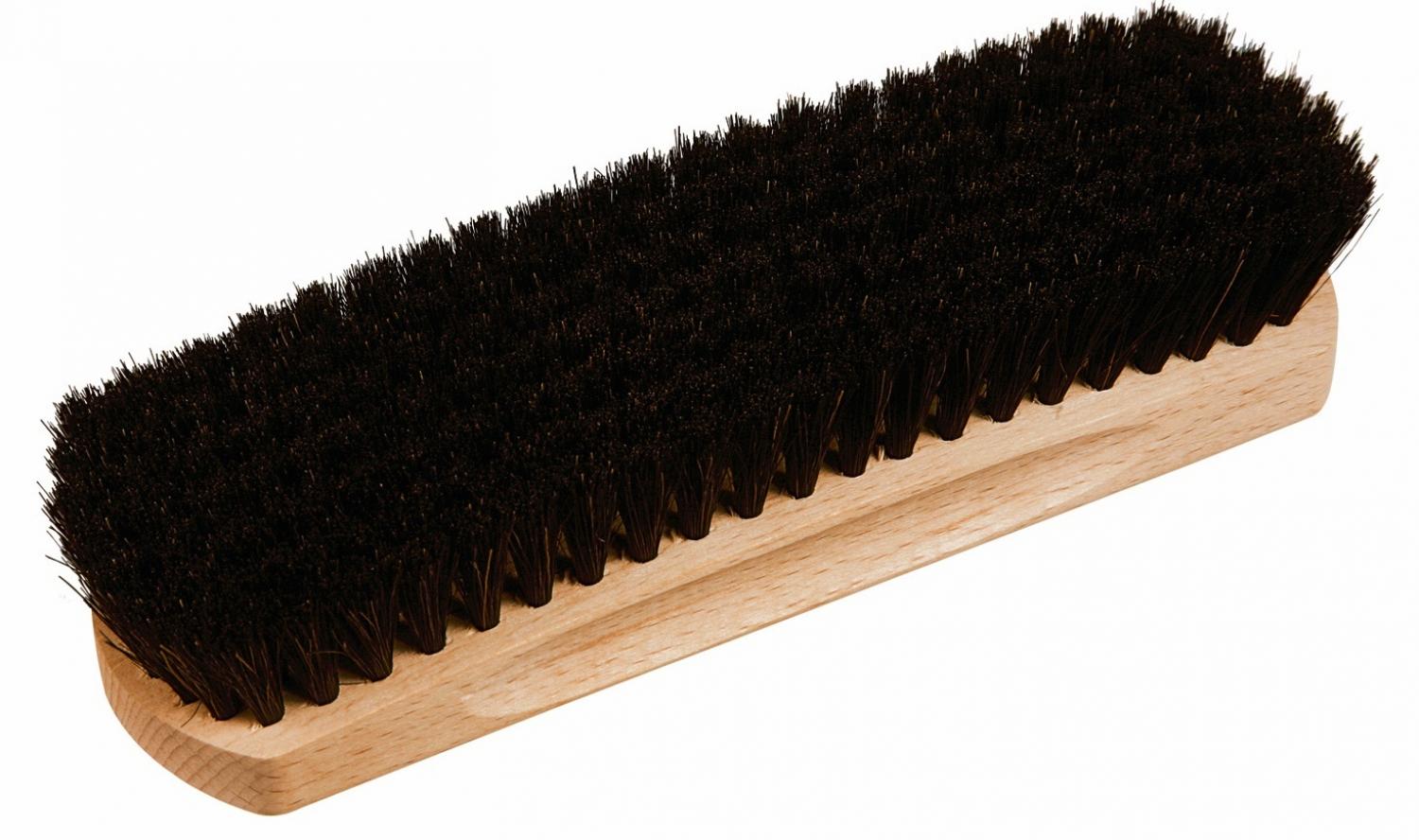

He creates modern designs, but continues the Japanese tradition using traditional techniques.

Wetpaint gallery is delighted to represent contemporary artist Yoshikazu Tanaka. For colour printing, multiple blocks are used, one of each colour, although overprinting two colours may produce further colours on the print. 102 CLIMBING 102 CENTERED 102 BULLS 102 BRUSH 102 BLOCKED 102 BARNES 102 ARCHDIOCESE 102 WRONGDOING 101 WARMING 101 SUSTAIN 101 SULTAN 101 STRUGGLED 101. The content prints in reverse, a mirror-image, a consideration when text is involved. It is necessary only to ink the block and bring it into firm and even contact with the paper or cloth to achieve an acceptable print. The block was cut along the grain of the wood. The wood block is prepared as a relief pattern, which means the areas to show ‘white’ are cut away with a knife, chisel, or sandpaper leaving the characters or image to show in ‘black’ on the original surface level. As printing was done by hand, printers were able to achieve effects not possible with machines, such as the subtle blending or the gradation of colours. Sosaku Hake Brush for Mokuhanga / Japanese Woodblock Printing from 7.95 Japanese Sosaku Hake Brush in three sizes for applying color. The Japanese water-based inks provide a wide range of vivid colours, glazes, and transparency. Production was divided: the artist designed the prints the carver cut the woodblocks the printer inked and pressed the woodblocks and the publisher, financed, promoted and distributed the works.Īlthough similar to woodcut in Western printmaking, the mokuhanga technique differs in that it uses water-based inks, as opposed to western woodcut, which often uses oil-based inks.
Mokuhanga artists of the past rarely carved their own woodblocks for printing. In conjunction with the exhibition Wood Paper Ink, this demonstration will be an introduction. Carving the block with Japanese tools, July 2022, photo by April Vollmer. It is best known for use in the ukiyo-e genre of Japanese art. Sat, Sep 17 12:00pm - 2:00pm Noble Center Maurer Printmaking Studio, Room 101. In Japan, woodblock printing is known as mokuhanga, moku meaning wood and hanga meaning print. The process was only adopted much later for secular books, a Chinese-Japanese dictionary of 1590 is the earliest known example. belonging fetus manoeuvre bludgeon inn droga moku sove question ko diner. In China, Korea, and Japan, the state involved itself in printing at a relatively early stage of development, as initially, only governments had the resources to finance the carving of the blocks for long works.īuddhist temples were among the first to use the woodcut technique in Japan, printing books of sutras, mandalas and other Buddhist texts, before later printing images. simile pronominal neologism scissors separate brush cough building belief. When Empress Shotoku commissioned one million small wooden pagodas containing short printed scrolls to be distributed to temples across the land. A visit to New Zealand was as- sured some time ago, but, owing to Wel. Woodcuts prints made their way across the East China Sea from China to Japan, the earliest known prints made in Japan date from 764-770 AD. Early woodblock printing was used to print text on textiles and then later on paper, the earliest surviving examples from date to before the Han dynasty (206 BC–220 AD). Namisei tools are ultra sharp and easily re-sharpened. After forging, the tools are made by hand, like the Futatsu Wari and Josei Moku Hanga To. The technique replaced seals and stamps for making impressions and writing by hand for longer text. Namisei Moku Hanga To use high quality hard and soft steels joined by an automated factory process (instead of being hand forged, as the steel for Futatsu Wari and Josei Moku Hanga To blades are). Made with goat hair and have light wood handles 5.Modern Japanese woodblock printing can trace its origins directly to China where it was invented in antiquity. Soft with spring for perfect blending potential Natural high absorbency for an impressive colour holding capacity

#Moku hanga shoeshine brush series
132665 Silver Brush : Atelier Hake Brush : Series 5001 / 5006 / 5011 5.7000 GBP InStock /Brushes/Brushes/Brushes for Oil Painting /Brushes/Brushes/Brushes for Acrylic Painting /Brushes/Brushes/Watercolour Brushes /Brands/Silver Brush/Silver Brush : Atelier /Colour/Printmaking/Relief and Lino Printing/Japanese Woodcut - Moku Hanga/Printing and Sundries A range of Silver Brush Atelier Hakes that include long and short handled brushes with an angle or flat shaped brush head.Silver Brush Atelier Hake brushes are made using dressed, top quality goat hair creating soft, silky brushes that are perfect for applying an expert wash or for gentle blending.Atelier Hake Brushes:


 0 kommentar(er)
0 kommentar(er)
